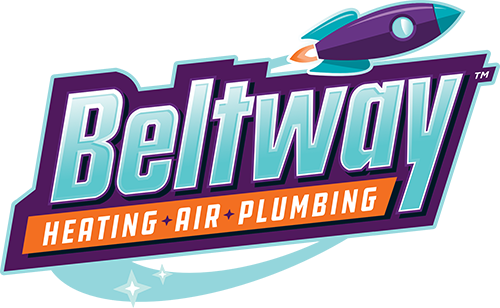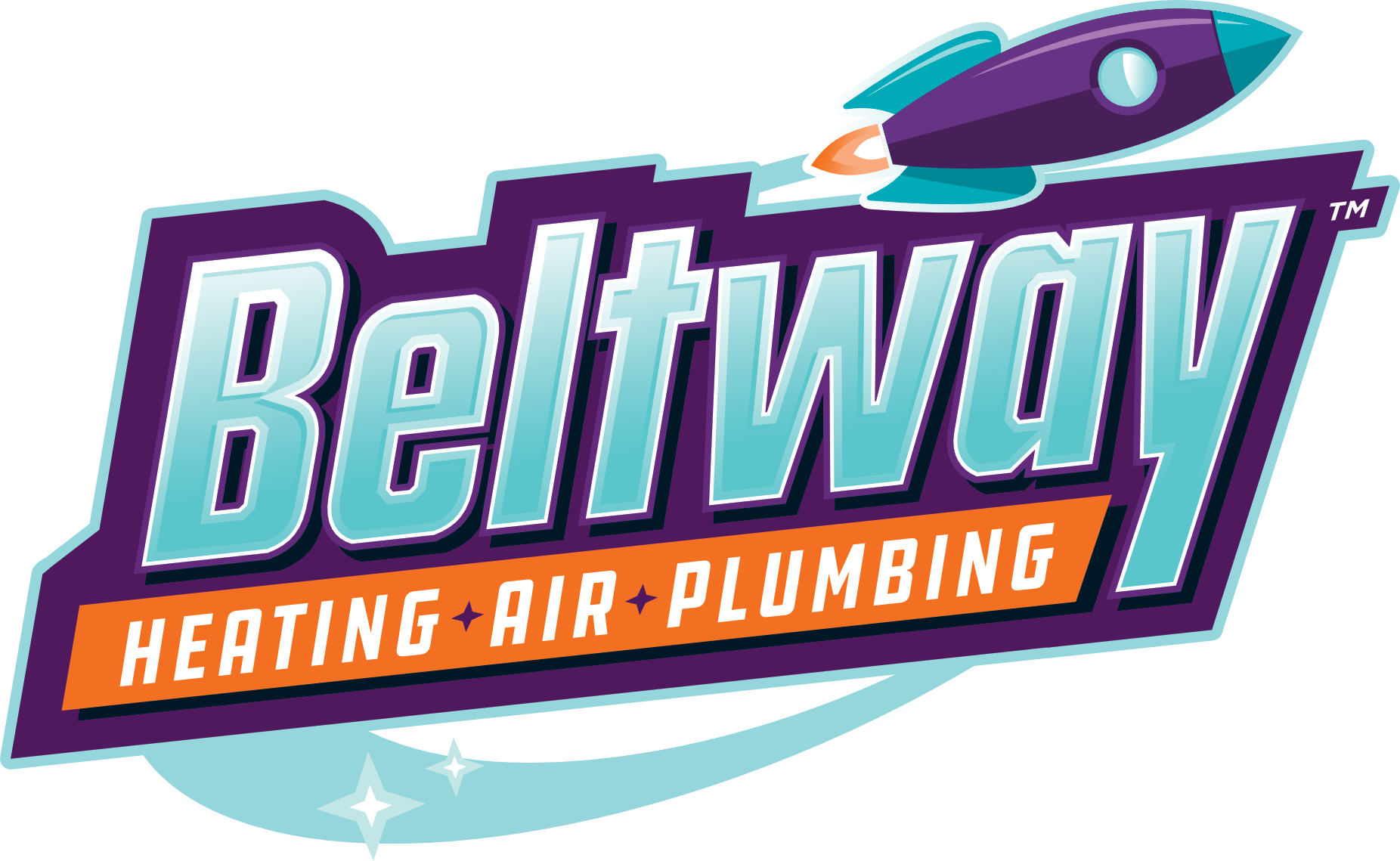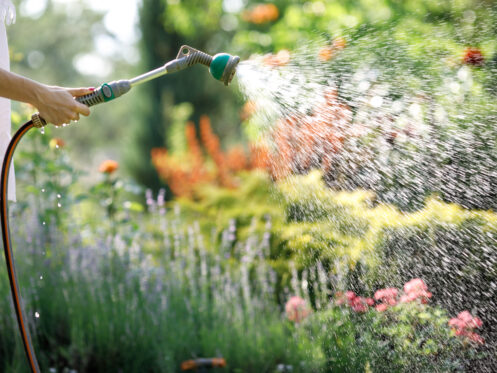Outdoor faucets and spigots get a lot of use during the summer, from watering lawns, gardens, and flowers to filling up the pool for your kids to play in. That’s why, with summer soon around the corner, now is a good time to start thinking about whether your outdoor plumbing is in good shape and ready to meet all of your needs. Upgrading old, outdated fixtures is an easy way to prevent and overcome issues like leaks and poor water pressure. In this article, we’ll explain everything you should know about upgrading your outdoor plumbing fixtures and the reasons why you may want or need to do so.
Understanding the Different Types of Outdoor Plumbing Fixtures
There are two primary types of outdoor plumbing fixtures: faucets and spigots. While you’ll hear some people use the terms interchangeably, they’re technically two different things. An outdoor faucet is no different from an indoor faucet and is something you’ll find in outdoor kitchens and hand-washing stations. Some outdoor faucets only have cold water, but more commonly, they have both hot and cold, allowing you to adjust the temperature just like you do with an indoor faucet.
Spigots are what you use to connect hoses. You’ll also hear people refer to this type of fixture as a hose bib or sill cock. There are three different types of spigots: standard, frost-proof, and anti-siphon. That said, most standard and frost-proof spigots sold nowadays are also anti-siphon, as the plumbing code in most places now requires the use of anti-siphon spigots.
Standard spigots have a short stem that extends through the wall and connects to the water line inside the house. Frost-proof spigots have a much longer stem that extends further inside. When you shut off and drain a standard spigot before winter, you still have water right next to the wall in the basement or crawl space.
That means there’s still a fairly high chance that the water line will freeze during winter and potentially burst. This chance is greatly reduced with a frost-proof spigot since the entire water line is farther away from the wall, where the air normally stays quite a bit warmer. However, you still need to ensure that you shut off and drain a frost-proof spigot. If not, the part of the spigot that’s outside the house will remain full of water and almost certainly freeze.
Anti-siphon spigots have a vacuum breaker, which is a type of backflow prevention device that ensures water can only ever flow in the intended direction. There are situations where a sudden drop in the home’s water supply could result in water being drawn back up into the spigot through a hose and then entering the home’s water system. An anti-siphon spigot ensures this can never happen.
Reasons You May Need To Upgrade Your Outdoor Plumbing
There are a few situations where it is either recommended or necessary to upgrade or replace certain outdoor plumbing fixtures. It is necessary if you have an outdoor faucet or spigot that is leaking. Leaks commonly happen due to not fully draining a spigot before winter, and the water inside it freezes, causing the outdoor portion of the spigot to crack.
If you shut the water off inside, you won’t realize that the spigot is cracked until you turn the water back on the next year. Once you turn the water on, you’ll usually end up with water leaking both outside and inside, even when the spigot is turned off. Spigots can also leak when not in use due to a worn-out seal or because the internal shut-off valve is broken or stuck open.
Some of the situations where we definitely recommend upgrading your outdoor plumbing include having any standard spigots instead of frost-proof ones or any spigots that lack an anti-siphon valve. Installing frost-proof spigots can save you a major headache and expense by ensuring the water lines inside your house will never freeze and break during the winter.
Anti-siphon spigots are important for preventing your home’s water supply from potentially being contaminated. The concern if you don’t have anti-siphon spigots is that it can cause muddy water, fertilizers, pesticides, and other contaminants to be pulled inside. Once the contaminants enter your water supply, they can then end up coming out of your faucets, shower, etc.
The other situation where we absolutely recommend replacing outdoor plumbing fixtures is if they don’t have a shut-off valve inside the house. Without a shut-off valve, you won’t be able to drain the fixture before winter, potentially leading to both the spigot and the water line inside freezing and breaking. You also won’t be able to shut off the water to the outdoor fixture should it suddenly start leaking. That means your only option to stop the leak will be to close the valve on your main water line, shutting off the water to your entire house.
Do You Need a Plumber To Install Outdoor Faucets and Spigots?
Replacing an outdoor faucet or spigot usually isn’t all that difficult. Nonetheless, you’re still better off hiring a plumber to do it. One reason is to be fully certain that the installation is done correctly. Improper installation often leads to serious leaks, creating the potential for extensive water damage inside your home that necessitates costly and extensive repairs.
Another thing to consider is the potential insurance implications you could face if you install the fixture yourself. If you have a licensed plumber install the fixture and it ends up leaking because they didn’t install it properly, your homeowner’s insurance company will make the plumbing company’s insurance pay to repair any damage. However, if you install it yourself and it ends up leaking and damaging your home, your homeowner’s insurance usually won’t pay to repair the damage. That means you’ll be left footing the repair bill yourself.
Another reason it’s best to hire a plumber is to ensure the work is done according to code. Most places have specific code requirements regarding the types of outdoor fixtures you must use, such as being required to install anti-siphon spigots. Installing plumbing fixtures that do not meet code could result in fines and create headaches if you want to sell your house.
There are also some cases when you may be required to obtain a plumbing permit when upgrading your outdoor fixtures. You normally don’t need a permit if you’re just replacing a fixture, but you often will if the job requires more substantial changes to your existing plumbing. This includes tasks like installing a new water line and fixture or moving the location of an existing water line.
With years of experience serving Hanover and the surrounding cities in Maryland, Beltway Air Conditioning, Heating & Plumbing is the company to turn to for reliable plumbing services. We serve both residential and commercial customers and are ready to help when you need any upgrades, installations, and plumbing repairs. If you’re looking to upgrade any of your outdoor plumbing, we’ll make sure you get exactly what you need. For the best plumbing services in the area, contact Beltway Air Conditioning, Heating & Plumbing.





